Physics in Animation: Weight Gain and Loss
Did you know that moving with or against gravity actually causes weight gain and loss? It’s time for another Principle of Animation Physics defined by Professor Alejandro Garcia.
In this series of articles on Animator Island I’ve been explaining some basic physics guidelines for animators. They’re organized into six Principles of Animation Physics:
- Timing, Spacing, and Scale
- Law of Inertia
- Momentum and Force
- Center of Gravity
- Weight Gain and Loss
- Action-Reaction
It’s now time to discuss:
Principle #5: Weight Gain and Loss
Normally we think of our weight as being more or less constant; maybe you can lose a few pounds (or kilograms) if you go on a diet. However, when a character is moving its effective weight can be constantly changing. Specifically, if the character is:
- Moving upward and gaining speed — Gains weight
- Moving upward and losing speed — Loses weight
- Moving downward and gaining speed — Loses weight
- Moving downward and losing speed — Gains weight
In brief, if you’re going against gravity (rising but speeding up or falling but slowing down) then you gain weight but if you’re going with gravity (rising & slowing down or falling & speeding up) then you lose weight. The greater the acceleration, the greater the variation in the weight. An extremeAn extreme keyframe is the moment where a change in direction occurs. Anticipation and Overshoots are Extremes, because ... More case is when a character is in free-fall and becomes weightless; search online for videos of the Vomit Comet to see what I mean.
You can feel these variations of weight by taking a heavy object in your hand, say a dumbbell, and accelerating it up and down. By the way, if your physics friends question this weight gain and loss just tell them that in animation you’re working in a non-inertial frame of reference.
So why is this important? As a character moves (walks, runs, jumps, etc.) the changes in weight create many overlapping actions in the movement of hair, clothing, and flesh. Losing weight causes these to seem light, almost buoyant, while gaining weight pulls them downward (see Gloria’s butt in the screen shots below). Poorly animated characters sometimes look floaty as they move because their overlapping actions lack this variation in effective weight. At DreamWorks this important element is often handled by the animators in the Character Effects (or CFX) department.
Richard Williams calls this variation in weight the “counteraction.” In The Animator’s Survival Kit he writes, “When the character (accelerates) up – the drapery or hair or soft bits go down.” The illustration below, taken from that classic book, illustrates his point. It’s important to remember that it’s not just the direction of the motion but whether it’s going with gravity (e.g., downward and speeding) or against gravity (e.g., downward and slowing).
The principle of weight gain and loss is closely related to the principle of inertiaInertia is the resistance of any physical object to any changes like starting or stopping a motion or changing direction... More (#2 on our list) and what Richard Williams calls counteraction is essentially the same as what’s called “dragLoose, attached parts tend to start moving with a delay and lag behind because of inertia. This is clearly visible at th... More” in animation. The distinction is just a matter of perspective. When the camera is not moving we tend to see the overlapping actionDifferent elements of an object or body, come to a stop of different times. This usually happens because an attached, lo... More as dragLoose, attached parts tend to start moving with a delay and lag behind because of inertia. This is clearly visible at th... More. But when the eye is following the character as it moves up and down then the effect appears as a variation of weight.
As another example, consider a character is lifting a heavy object, as illustrated below. If she lifts it quickly (i.e., accelerating it upward) then the effective weight of the object increases. This means that she has to exert more effort than if she lifted it slowly. Furthermore, if she lifts it quickly it’s harder for her to stay in balance. When the object has greater effective weight the combined center of gravitythe center of the average mass distribution. This point needs to be above a base of support of a character to keep the b... More (character and object) shifts closer to the object; to stay in balance she needs adjust her pose to keep this combined center of gravitythe center of the average mass distribution. This point needs to be above a base of support of a character to keep the b... More over her feet. See the article on Principle #4 – Center of Gravity for more information.
For our final example let’s look at a walk cycle in more detail. The graph below shows the weight shift during a walk cycle as measured in the laboratory. The red and blue curves show the weight on the left and right feet; horizontal dashed line is the total resting weight (about 170 pounds). Weight shifts from one foot to the other and the two curves intersect where weight is transferred from the back (left) foot to the front (right) foot during the contact pose, when the feet are farthest apart. Notice that the weight varies significantly during the cycle, ranging from about 220 pounds down to 140 pounds.
The dips in the weight occur during the passing position as the lifted leg passes under the body. During the passing position a person’s motion normally goes with gravity, that is, slows while rising and then speeds while falling. The spikes in the weight occur in the contact pose. One of the weight spikes is on the back (left) foot just before the heel strike of the front foot; at that point the character’s bent knee is straightening out, slowing the fall. The other weight spike is on the front (right) foot just as the back foot leaves the ground. This is when the character is starting to rise out of the contact pose to enter the passing position.
The data in the graph above is for an average walk (about one second per cycle). For slower walks the weight variations are smaller; for very slow walks the weight on the planted foot is nearly constant (and equal to the resting weight) from heel strike to toe lift. For fast walks the weight can vary dramatically, dipping to almost zero during the passing position and spiking to over twice the normal weight around the contact pose. In that case the weight variations are very noticeable in the overlapping actionDifferent elements of an object or body, come to a stop of different times. This usually happens because an attached, lo... More of the character’s hair, clothes, flesh, etc.
The weight variation may be different if the character walks with “personality” (peppy, sneaky, cautious, etc.). In the Richard Williams walk presented earlier the character has a snappy rising motion in the passing position so there’s weight gain instead of weight loss in that pose. Each walk is unique but the physics principle is the always same. So if you want believable overlapping actionDifferent elements of an object or body, come to a stop of different times. This usually happens because an attached, lo... More be sure to match the weight gain and loss to how the character is moving up and down.
That’s all for this time. In the next article we’ll finish the series with the final principle: Action-Reaction. Look for that article appearing in the near future here on Animator Island. See you then!
[author] [author_image timthumb=’on’]https://www.animatorisland.com/wp-content/uploads/2011/10/AlejandroGarcia.png[/author_image] [author_info]Professor Alejandro Garcia has taught Physics of Animation at San Jose State since 2009. In 2011 he spent a one-year professional leave as physicist-in-residence at Dreamworks Animation SKG.
Find out more about Animation Physics on his website Animationphysics.org or his YouTube Channel[/author_info] [/author]



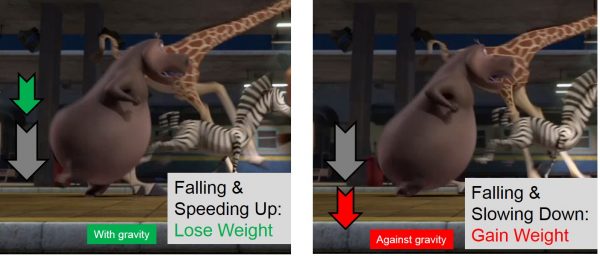
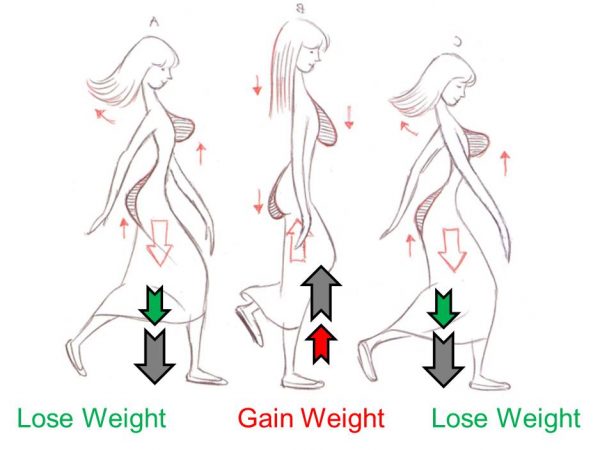
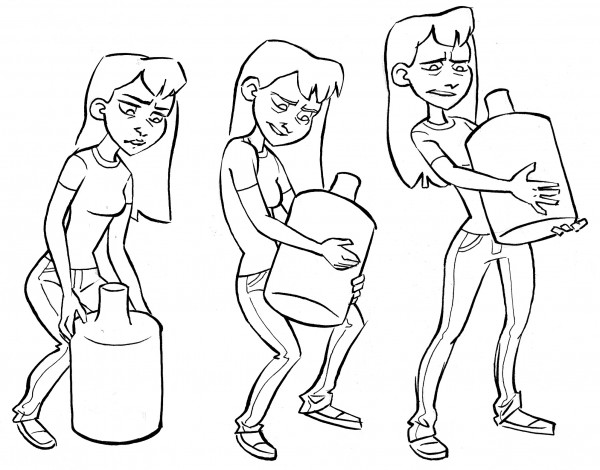


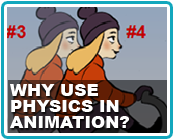

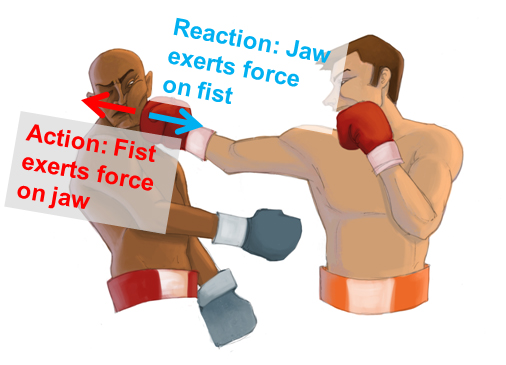


Great article! I learned a lot. Thanks for posting it 🙂